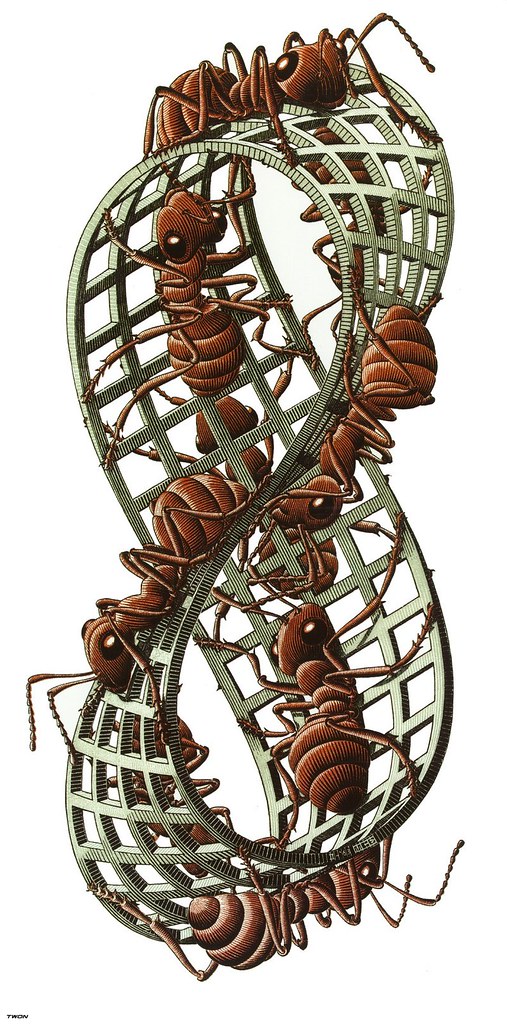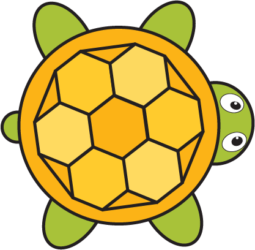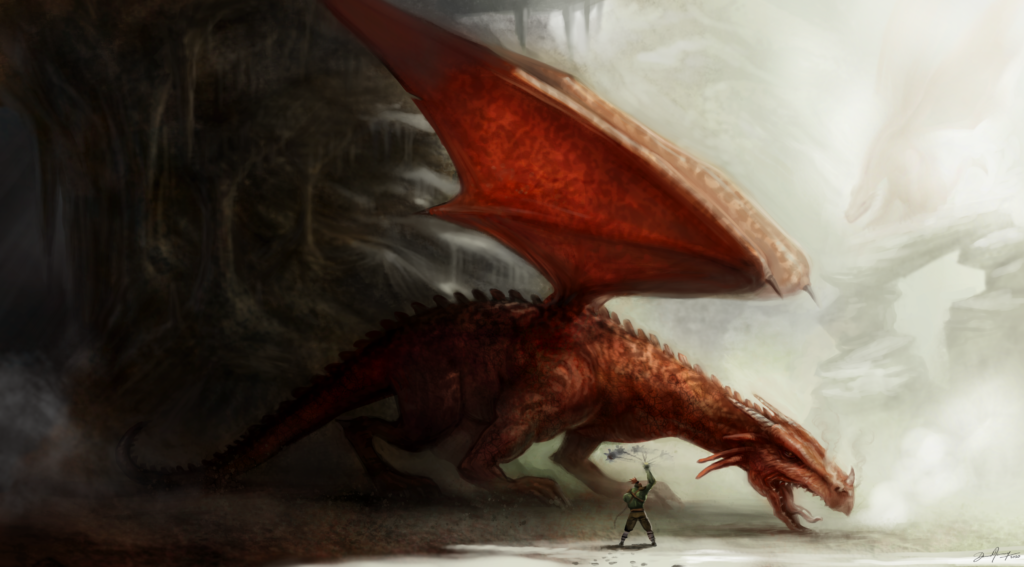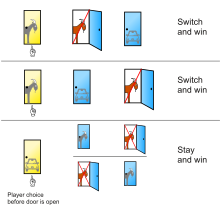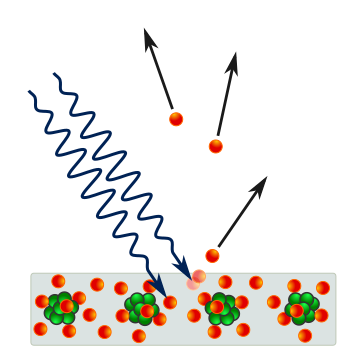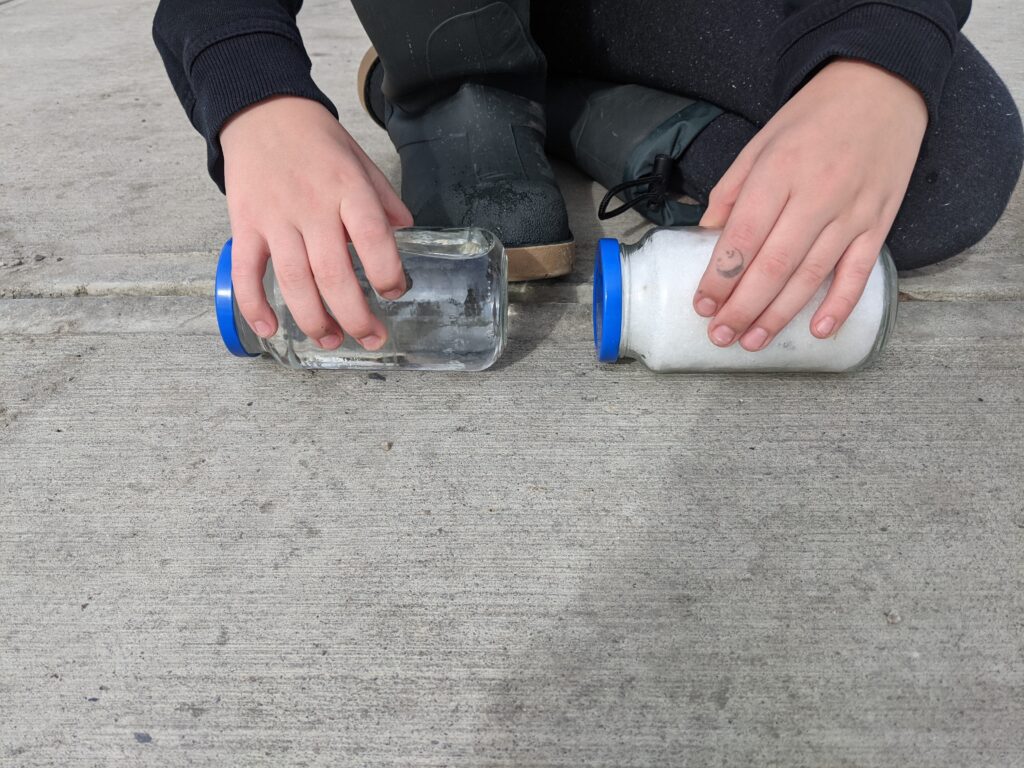This week, one of my students challenged my understanding of the photoelectric effect… Basically, he didn’t think that the current produced by the photoelectric effect should be affected by the frequency of the photons, but only by the intensity of the light. After a while, he convinced me – more photons per second (the intensity) should mean more electrons per second, but why would the speed of the electrons have an effect on the current?
However, from the PHET simulation of the photoelectric effect as well as the experimental results of a photoelectric device we have at school, it was obvious that current should be affected by frequency. I looked on the internet for a possible explanation… I couldn’t find anything reasonable. I even looked at the spectrum of our light used in the experiment, thinking that the intensity of the blue light was larger than the intensity of the red light – but no, that wasn’t the case.
So I asked an expert – Dr. Friesen, the professor responsible for the Modern Physics course at the University of Calgary. He was kind enough to reply with an incredibly clear explanation.
Continue reading “Does frequency of light affect the current of the Photoelectric Effect?”
